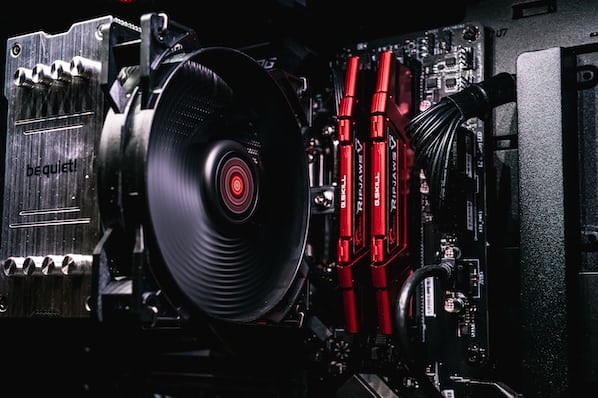In the dynamic and often volatile business environment, companies are incessantly seeking strategies to enhance operational efficiency, reduce costs, and bolster their bottom line. One often overlooked yet highly potent strategy is investing in used hardware. While some stakeholders may harbor reservations, associating used hardware with compromised quality or reliability, many businesses, ranging from startups to established corporations, are debunking this myth.
They are unearthing substantial value, realizing that used hardware, when appropriately selected and maintained, can offer optimal performance akin to brand-new equipment but at a fraction of the cost.
Cost Efficiency
The economic allure of used hardware is undeniable. Companies can realize savings of up to 15% compared to purchasing new equipment. Budget optimization is not just strategic but often a survival imperative; such savings can be channeled to other critical facets of the business, spurring innovation and growth.
For startups and SMEs, where budget constraints are a tangible challenge, used hardware offers an opportunity to access high-caliber equipment, enhancing competitiveness without necessitating untenable financial outlays.
In the case where a business wants to set up its own private network, investing in brand-new equipment can translate to a capital investment of thousands of dollars. Opting for used network equipment instead will enable the business to enjoy quality performance and a lightning-fast network for a fraction of the cost.
It’s worth mentioning that if you are purchasing from a reputable vendor, you are not actually buying “used” equipment. Rather, you are buying refurbished equipment – used equipment restored to a near-new condition.
Quality and Performance
The skepticism surrounding the quality and performance of used hardware is often unfounded. A substantial proportion of used equipment in the market stems from companies upgrading their systems or liquidating excess inventory. Such equipment, often meticulously maintained, can be refurbished to meet and sometimes exceed original performance specifications.
Rigorous testing, certification, and quality assurance protocols carried out by reputable vendors ensure that businesses acquire equipment that is not just cost-effective but also reliable and efficient.
Eco-Friendly Option
Used hardware offers businesses an opportunity to contribute to eco-friendly initiatives actively. By opting for used equipment, companies partake in recycling and reusing, significantly reducing electronic waste and the environmental impact associated with the production of new hardware.
It’s a tangible contribution to corporate social responsibility, enhancing the company’s brand image and appeal to the eco-conscious customer.
Customization and Flexibility
The flexibility that comes with used hardware is another notable advantage. Companies have the latitude to select, modify, and customize equipment to align with their specific operational needs and objectives.
Unlike new equipment, which often comes with standard configurations, used hardware can be tailored, offering businesses a bespoke solution that enhances operational efficiency, productivity, and competitive advantage.
Vendor Support and Warranty
The narrative that used hardware lacks vendor support and warranties is a misconception. Many reputable vendors in the used hardware space offer robust warranties and comprehensive support services.
They stand unequivocally behind their products, assuring clients of reliability, durability, and performance. This support is instrumental in putting fears and reservations to rest, offering businesses the confidence to invest in used hardware as a viable, reliable, and cost-effective alternative to new equipment.
The Benefits Businesses Can Enjoy
Beyond the immediate cost savings and operational efficiency, used hardware offers businesses strategic advantages. It fosters agility, enabling companies to adapt swiftly to market dynamics without being constrained by the financial implications of acquiring new equipment. The reduced lead times associated with procuring used equipment ensure that businesses can upgrade or augment their systems promptly, responding adeptly to market demands and opportunities.
Moreover, the diversity and variety of used hardware in the market offer businesses a broader selection scope. Companies can access discontinued or rare equipment, ensuring continuity and compatibility with existing systems. It mitigates the challenges and costs associated with overhauling entire systems, fostering seamless integration and operational continuity.
Conclusion
The narrative surrounding used hardware is undergoing a paradigm shift. Businesses that have transcended the traditional reservations are reaping substantial benefits, characterized by cost savings, operational efficiency, environmental conservation, and strategic agility. With cost savings of 15% compared to buying brand-new equipment in some cases, it’s plain to see why more and more businesses are opting for refurbished equipment.
However, the key lies in selecting reputable vendors, understanding the refurbishment and certification processes, and aligning the procurement of used hardware with the company’s operational, financial, and strategic objectives.
All in all, used hardware emerges not as a compromise but as a strategic asset, propelling businesses to enhanced competitiveness, innovation, and growth in the contemporary business landscape.







